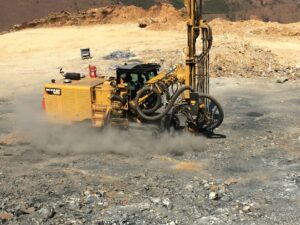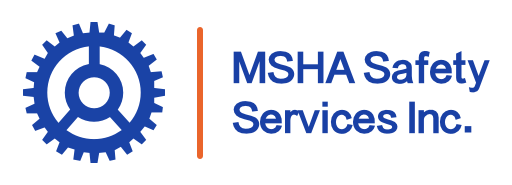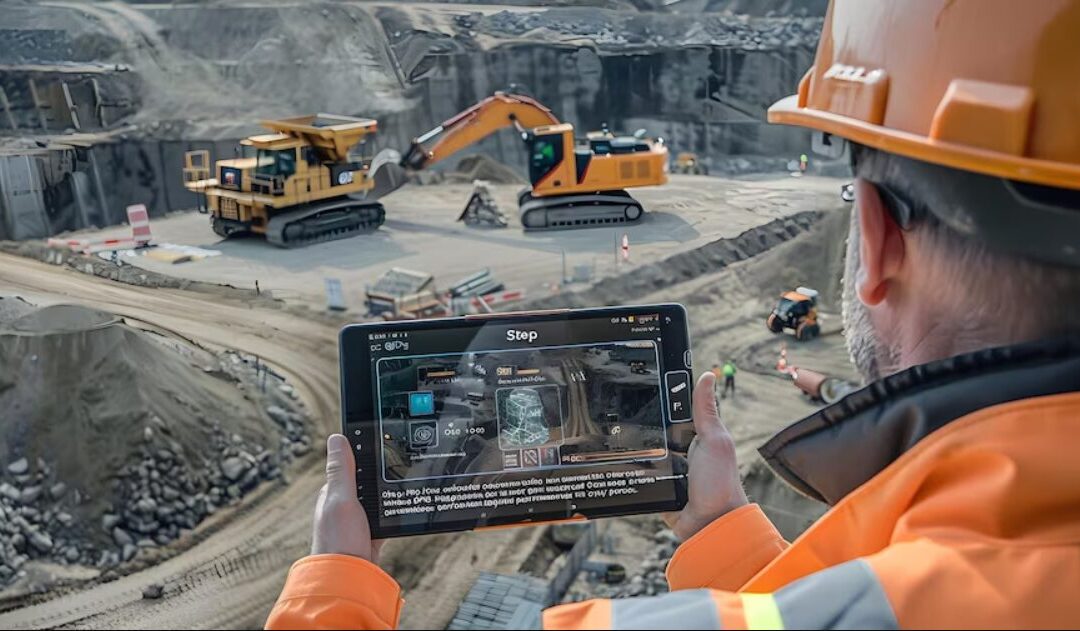When it comes to safeguarding workers, the Mine Safety and Health Administration (MSHA) and the Occupational Safety and Health Administration (OSHA) both federal agencies play crucial roles in ensuring the safety and health of workers. However, their scopes, regulations, and enforcement strategies differ significantly. We’ve identified key differences between MSHA and OSHA, so you can understand how each agency operates and what it means for your mine operation.
MSHA’s Mission: Cultivating a Culture of Safety in Mining
MSHA was established to protect the safety and health of miners, thus its primary focus is that mining operations adhere to strict safety standards to prevent accidents and occupational illnesses. MSHA’s mission is not just about enforcing regulations, though; it’s about creating a culture of safety within the mining industry.
MSHA’s objectives include reducing the frequency and severity of mining accidents, promoting safe and healthy working conditions, and ensuring compliance with mandatory safety and health standards. To achieve its mission, MSHA conducts regular mine inspections, investigates accidents, and enforces compliance with safety regulations. The agency also provides training programs for miners and mine operators, helping them understand and implement best practices for safety and health. Through these efforts, MSHA strives to minimize the risks associated with mining and protect the well-being of miners.
Scope of Authority
MSHA focuses on mining—its authority extends to all mining operations, including both underground and surface mines. This includes all forms of mining operations, such as coal, metal, nonmetal, and rock quarries. MSHA’s regulations are tailored to address the specific hazardous conditions associated with mining environments, which are inherently more dangerous due to factors like dust, explosive materials, and confined spaces.
In addition to enforcing regulations, MSHA also has the authority to shut down mining operations that pose an imminent danger to workers. This power allows the agency to take swift action to protect miners from hazardous conditions. MSHA’s comprehensive approach to safety includes not only regulatory enforcement but also education and outreach to promote a culture of safety within the mining industry.
Overview of OSHA
The Occupational Safety and Health Administration (OSHA) was established under the Occupational Safety and Health Act of 1970. OSHA’s mission is to ensure safe and healthy working conditions for all workers by setting and enforcing standards and providing training, outreach, education, and assistance. Unlike MSHA, OSHA’s scope covers a wide range of industries, including construction, manufacturing, healthcare, and agriculture.
OSHA’s role in workplace safety extends beyond regulatory enforcement. The agency also conducts research to identify emerging hazards and develop new safety standards. By staying at the forefront of workplace safety, OSHA helps employers and workers address potential risks before they become serious problems. OSHA’s commitment to continuous improvement ensures that safety standards evolve to meet the changing needs of the workforce.
Mission and Objectives
OSHA’s primary focus is on general workplace safety and health. The agency aims to reduce workplace hazards, implement new safety and health programs, and improve existing standards. OSHA’s objectives include preventing work-related injuries, illnesses, and deaths by enforcing regulations and providing resources to help employers and workers comply with safety standards.
While OSHA’s rules are applicable to a broad range of workplaces, they may not be as specifically tailored to the unique risks of industries like mining. OSHA also provides industry-specific guidelines, but these are more generalized compared to MSHA’s highly specialized requirements.
Scope of Authority
Since MSHA and OSHA have authority over different areas of workplace safety, their authority isn’t directly comparable because they oversee distinct domains. OSHA’s authority spans various industries, ensuring that workplaces across the country adhere to safety and health regulations. Key regulations and standards enforced by OSHA include fall protection, machine guarding, and hazardous materials handling. By covering a broad range of industries, OSHA plays a vital role in promoting workplace safety and health nationwide.
5 Key Differences Between MSHA and OSHA
The difference between MSHA and OSHA can be broken down quite simply. While there is sometimes overlap, they operate independently of each other. Here are five key differences:
- Scope and Coverage
- MSHA: Specific to the mining industry.
- OSHA: Broad industry coverage.
- Regulatory Framework
- MSHA: Governed by the Mine Safety and Health Act.
- OSHA: Governed by the Occupational Safety and Health Act.
- Training and Certification
- MSHA: Requires in-depth training for miners, such as New Miner Training and Annual Refresher Training.
- OSHA: Offers the Department of Labor OSHA 10-Hour card for general industry training.
- Standards and Compliance
- MSHA: Enforces detailed mining-specific regulations.
- OSHA: Enforces general industry standards and guidelines.
- Inspection, Enforcement, and Penalties
- MSHA: Conducts frequent and focused mine inspections.
- OSHA: Conducts general inspection procedures and enforcement across various industries.
MSHA and OSHA have an interagency agreement that outlines their respective responsibilities and areas of cooperation. This agreement helps to ensure that both agencies work together effectively to protect workers’ safety and health. By collaborating on issues of mutual concern, MSHA and OSHA can leverage their expertise and resources to address workplace hazards more comprehensively.

The Significance of MSHA’s Approach
MSHA focuses specifically on the mining industry, while OSHA covers a broad range of industries, each with its own set of regulations and standards. And while both agencies work independently of each other, they’ve got the most important thing in common: they want to keep workers safe.

